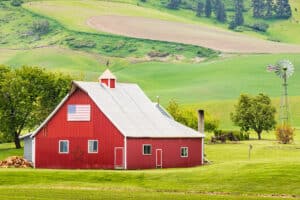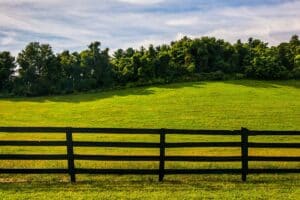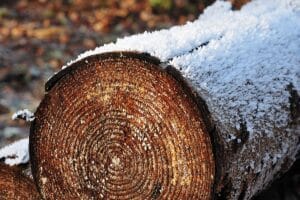On his return trip, after looking at a large hardwood tract in North Louisiana, Pat Porter shares his thoughts on “high-grading” timber. After years of contemplation, some property owners have decided to list their land for sale with RecLand Realty. Having looked at the property several years earlier, Pat was familiar with the tract.
Since the last time Pat was on the property, the owners had harvested the stand of timber. They were told it would be a “select cut”, a method of cutting where someone designates specific trees for harvesting. Unfortunately, what the owners ended up with was something land agents see far too often. Their stand of timber had been “high-graded”, which means that the best (high value) trees over a specific diameter were cut, and the low-value trees left standing.
The end result was not what the owners had anticipated. Even though a lot of large trees remained, they were of an undesirable species. In short, there was not a good stand of timber remaining for the future.
“High-grading” timber is common in the South. In this case, at least in Pat’s opinion, it would have been better if the tract had been “clearcut”, then everything would get the chance to regenerate naturally and the strong, good trees would dominant and take over.
By cutting out the good stuff, an overstory of big, mature, undesirable timber was created. Inferior trees became the dominant trees, making it tough for the stand to develop.
Pat recommends that land owners who are planning on harvesting hardwood timber seek the advice of a professional, licensed forester. Landowners should explain to the forester what they want, and let the forester manage the harvest. Foresters will charge a commission to oversee the project, but landowners will have peace of mind knowing the cut will be properly managed and the end result will be beyond satisfactory. Timber must be merchandised correctly, and when done right it means more money for the landowner.
By hiring an expert forester to manage their timber harvest, owners can:
- insure more money ends up in their pocket
- insure their property is left in good condition
- promote regeneration and leave something for future generations
- practice good land stewardship
Keep Pat’s tips in mind if you are contemplating a timber harvest on your property. Working with a land agent and forester will give you the best chance of a successful outcome.
This content may not be used or reproduced in any manner whatsoever, in part or in whole, without written permission of LANDTHINK. Use of this content without permission is a violation of federal copyright law. The articles, posts, comments, opinions and information provided by LANDTHINK are for informational and research purposes only and DOES NOT substitute or coincide with the advice of an attorney, accountant, real estate broker or any other licensed real estate professional. LANDTHINK strongly advises visitors and readers to seek their own professional guidance and advice related to buying, investing in or selling real estate.









Excellent comments. No one would hire an inventory clerk to file their taxes just because they can operate a calculator but that’s often what happens when someone allows a logger to select cut/manage their timber.
Thank you! Good analogy, too! I’ve never regretted a penny we’ve paid to foresters over the years. They always seem to cover their costs in the added value they provide.